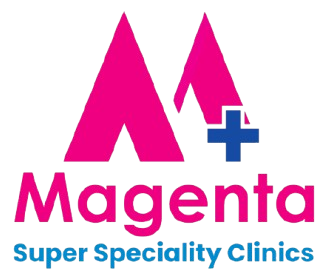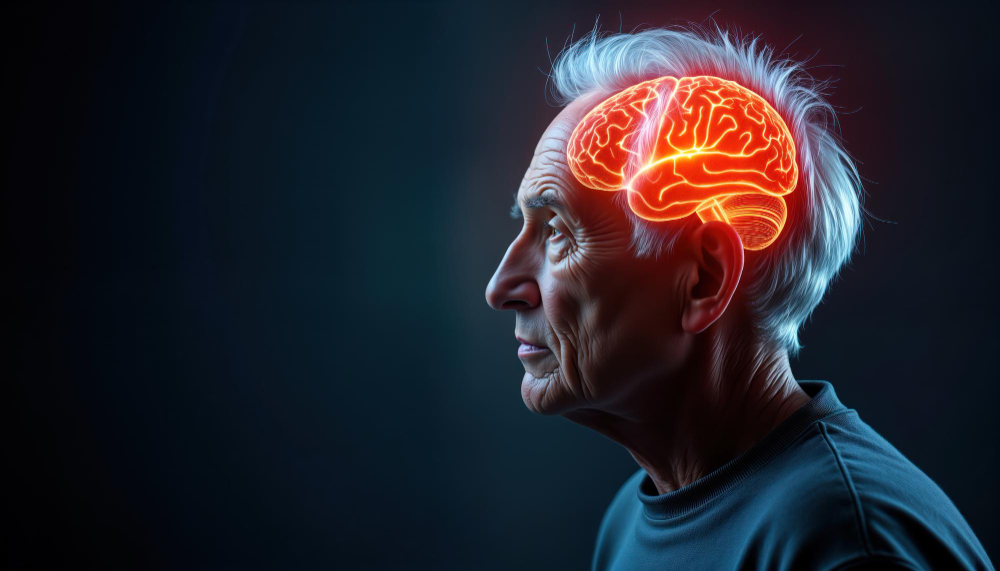Introduction
Stroke is a serious medical emergency that affects millions of people worldwide. It happens when blood flow to the brain stops or is blocked. As a result, brain cells begin to die within minutes. Because of this, knowing stroke warning signs can save lives. In this blog, we will explain stroke symptoms, causes, diagnosis, treatment options, and stroke prevention tips. We use information from trusted sources like the World Health Organization (WHO) and the Centers for Disease Control and Prevention (CDC).
What is a Stroke?
A stroke occurs when blood cannot reach parts of the brain. This can happen because of a blocked blood vessel or bleeding in the brain. Without blood, brain cells do not get oxygen and nutrients. Therefore, they start to die quickly. There are two main types of stroke:
Both types are dangerous. However, quick treatment can help reduce damage.
Symptoms of Stroke
Recognizing stroke symptoms early is very important. Acting fast can save a life. Common stroke warning signs include:
If you notice any of these signs, call emergency services right away. Every minute counts.
Causes and Risk Factors
Many things can cause a stroke. Some risk factors can be changed, while others cannot. Knowing these can help you lower your risk. Common stroke causes and risk factors include:
Although you cannot change your age or family history, you can manage many other risk factors with healthy habits.
Diagnosis
Doctors use several tests to diagnose a stroke. First, they will ask about your symptoms and medical history. Then, they may perform a physical exam. Common tests include:
Early diagnosis helps doctors choose the best stroke treatment options.
Treatment Options
Treatment depends on the type of stroke. For ischemic stroke, doctors may use medicines to break up blood clots. Sometimes, they use special tools to remove clots. For hemorrhagic stroke, they may need to stop the bleeding with medicine or surgery. Quick treatment can help prevent brain damage. After a stroke, many people need therapy to regain skills. This may include:
Doctors will create a plan that fits each person’s needs.
Prevention Tips
There are many ways to lower your risk of stroke. Here are some stroke prevention tips:
Even small changes can make a big difference over time.
If you or someone you know shows signs of a stroke, seek immediate medical attention at Magenta Super Speciality Hospital. Do not wait—fast action can save a life and reduce long-term complications. Our expert team provides personalized care for optimal recovery.

